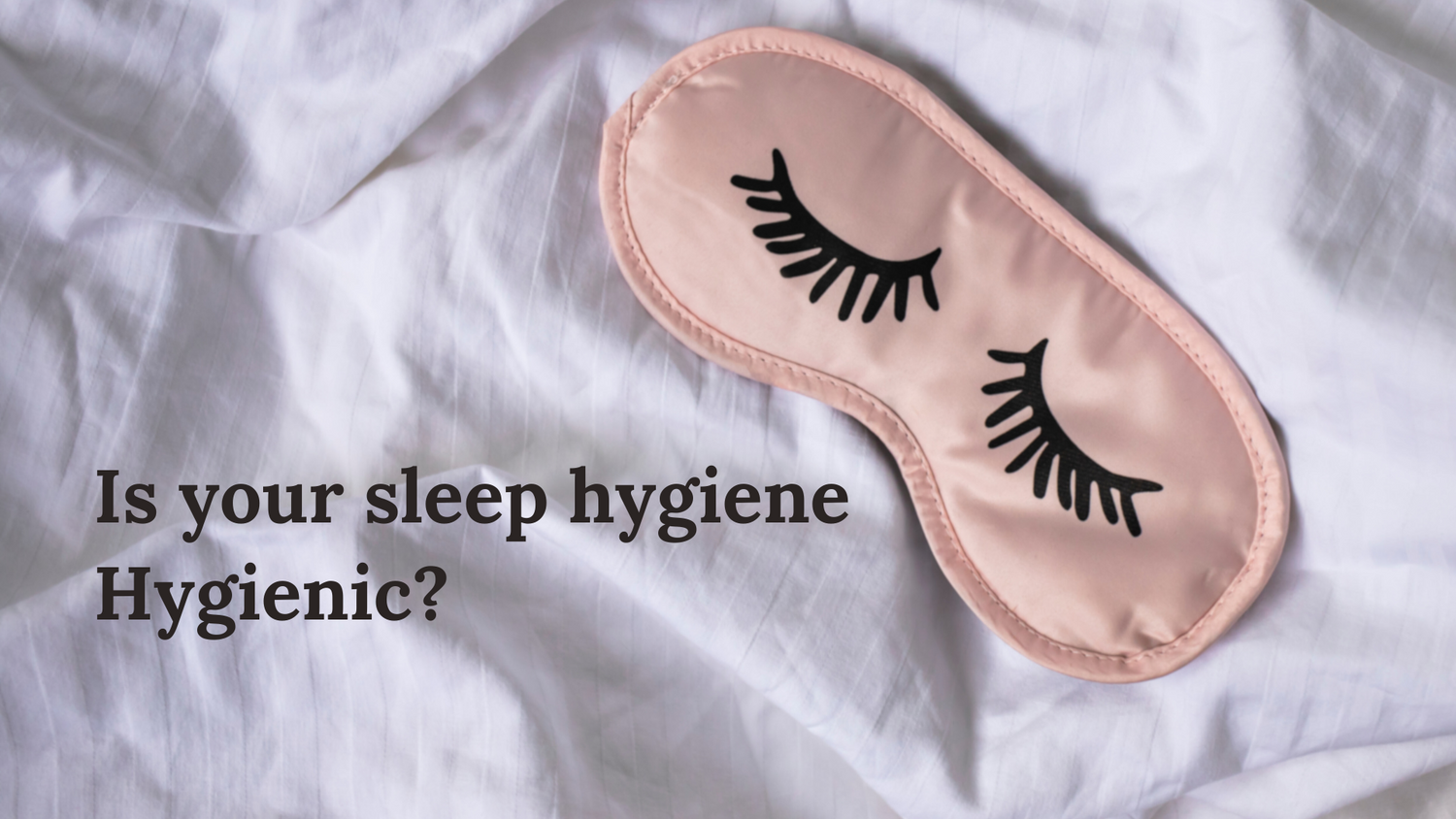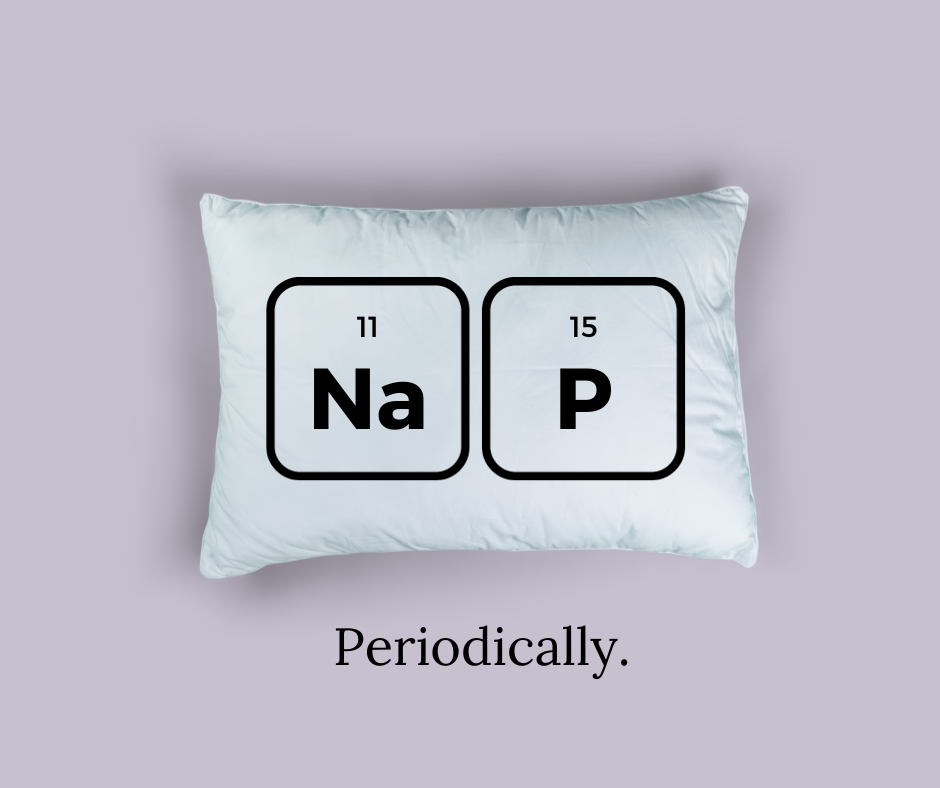Introduction
Clean sheets, dimmed lights, a blackout curtain and maybe a few drops of essential oil into the diffuser to prepare for a goodnight's sleep. But is that all when it comes to explaining what is practicing proper sleep hygiene? How can we co-relate sleep hygiene with sleep habits and how does our daily activities plays a part in ensuring we are practicing proper sleep hygiene? Well, let us find out in this article.The Difference Between Sleep Hygiene and Sleep Habits
Before we move on deeper to discuss about the correlations, let us first understand sleep hygiene and sleep habits individually.Sleep hygiene refers to a set of practices and environmental factors that contribute to good sleep quality. These practices encompass a broader range of considerations, including the sleep environment, bedtime routines, and lifestyle choices that impact sleep. Sleep hygiene involves creating optimal conditions for sleep, such as maintaining a consistent sleep schedule, managing light and noise in the bedroom, and avoiding stimulants before bedtime.
On the other hand, Sleep habits are specific behaviors or routines that individuals engage in regularly as part of their sleep patterns. These can be elements of sleep hygiene but are more focused on the individual actions and routines. some examples of sleep habits include winding down with a book before bed, practicing relaxation techniques, using a specific pillow or sleep position, or having a particular pre-sleep ritual.
The Good Sleep Hygiene Practices
Here's a summarised list of good hygiene practices that we could all take baby steps to adapt:Setting a consistent sleep schedule

For individuals whose work requires the switch between shifts, a planned work schedule to ensure you achieve at least a 3 days consistent sleep and wake hours would be sufficient. While a 3-day consistent sleep schedule might provide some benefits, aiming for a more extended period of consistency in sleep patterns, especially within your work schedule, is likely to yield better results in terms of sleep quality, overall health, and adaptation to shift work-related challenges.
Developing a Bedtime Routine

Avoid excessive workout or over practicing these bedtime activities as it may lead to overstimulation of our mind which might cause a reverse effect on our sleep. It is recommended to start with just 15 minutes and slowly increasing the threshold to nothing more than 30 minutes.
Setting a consistent sleep schedule

Exercising not only boosts our metabolism and keeps us healthy, having a routine workout can also elevate your mood, reduce stress and release tension and excessive energy we have left in the day. Just like developing your sleep routine, selecting a workout you enjoy doing can help you stay sustainable and motivated for a long run. Some enjoyable workout includes dancing, pilates and bouldering.
While working out helps with better sleep quality, it is not advisable to have strenuous workouts like weight lifting, HIIT, sprinting / running before bed time as this activities increases our heart rate which makes it harder for your body to relax. If you are into higher intensity workout, try doing so in the day or completing these workout routines at least 3 hours before your scheduled bedtime.
Your Bedroom Plays a Part Too...

The Good Sleeping Habits
Implementing good sleeping habits consistently can significantly improve your sleep quality and overall well-being. Experiment with different habits to find what works best for you and your sleep patterns.Starting With Your Diet

It its also advisable to not consume heavy meals at least 3 hours before your scheduled sleep time as our body digest food at optimal while we are awake and the process of digestion slows down while we are asleep.






Leave a comment
This site is protected by hCaptcha and the hCaptcha Privacy Policy and Terms of Service apply.